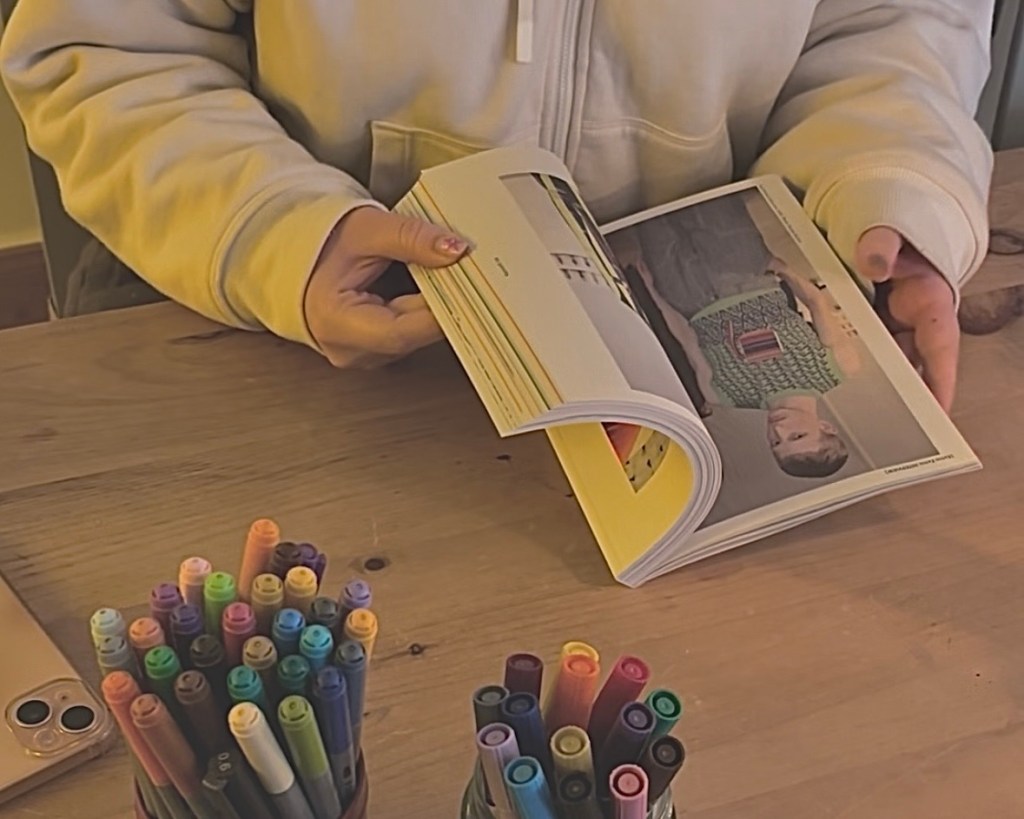Alekia Gill
On 16 August 2023, Boiler Room – the archival Mecca of the UK underground music scene – made history when it hosted its first ever show in Southall, the homeplace of UK South-Asian diaspora. Southall has been the meeting point of the East and West since the 60s, which makes it the ideal location for the convergence of the hottest names in Punjabi garage. Not a new genre, this music found its roots in the 80s and 90s. Today, among the pan-global milieu of British music, Punjabi garage is returning to the forefront.
Tracing the legacy
In the 80s and 90s, bound by the strictness of an older generation and eager to define their own identities as members of a large yet marginalised group, young British Asians found alternative pathways to inclusion: the emerging underground music scene. Daytime raves were held across London and as far afield as Birmingham.
It was here, between the hours of 1-6pm, that young South Asians found their place. They began to mix the traditional sounds of bhangra and dhol with the fresh beats of garage and bass. The South-Asian youth used this as an opportunity (often during school hours!) to evade the ‘timid outsider’ stereotype, forging their own path lined with Adidas and steel bangles – all before returning home for dinner.
During these events, DJs such as Panjabi MC and RDB could hone their mixes, testing out tracks that would later go on to top the charts.
A new resurgence
Today, their legacy lives on in the recent revival of the Punjabi underground scene. Prior to Boiler Room’s Southall debut, art collective Daytimers were revitalising the 80s trend.
The group, founded by Provhat Rahman and Sherwyn Appadu, holds events across the city and champions the next generation of genre-blending DJs. Working with successful South-Asian music festival Dialled In, Daytimers has forged a community of likeminded young people. Many who attend white-dominated schools, universities and workplaces can now take representation into their own hands.
Today’s noteworthy names
So, who are the big names on the scene today?
Yung Singh, a proud Sikh and trainee doctor who began mixing in university, is among the most successful. After an incredibly accomplished few years, he’s played Fabric, Glastonbury Festival and is taking the global market by storm.
Yung Singh isn’t the only one to dominate the landscape. South London’s Raf Saperra merges Punjabi folklore and bhangra with the hip-hop that he grew up listening to. He arguably epitomises everything that the new wave is all about – dodging the white gaze that defined South-Asian music for so long and stepping into something unapologetically our own.
As a Muslim Pakistani in a predominately Sikh-Punjabi industry, Saperra represents the reconnection of two sides that were so violently ripped apart. In creating a shared culture and new bonds, he stands for the generation that longs to repair the rift between India and Pakistan in everyday life; a generation searching for the culture that was lost in the 40s and moulding it to fit the modern, Western-influenced, next generation of South-Asian youth.
In a world where culture is so heavily valued yet often greatly diluted, Saperra successfully holds his ground in both the East and West, something that so many second and third-generation immigrants strive for.
The legacy lives on
For second-generation immigrants in the United Kingdom, daytime raves were places to reconcile their split identities. Now, the next generation follows in their footsteps, conjoining the electronic rhythms of UK house with the distinctively South-Asian Bollywood boliyan and bhangra beats.
Replacing 90s MC vocals with more modern hip hop and grime, Punjabi garage continues to boldly claim a space in the UK underground music scene.
Check out our curated Spotify playlist of Punjabi bhangers here.




